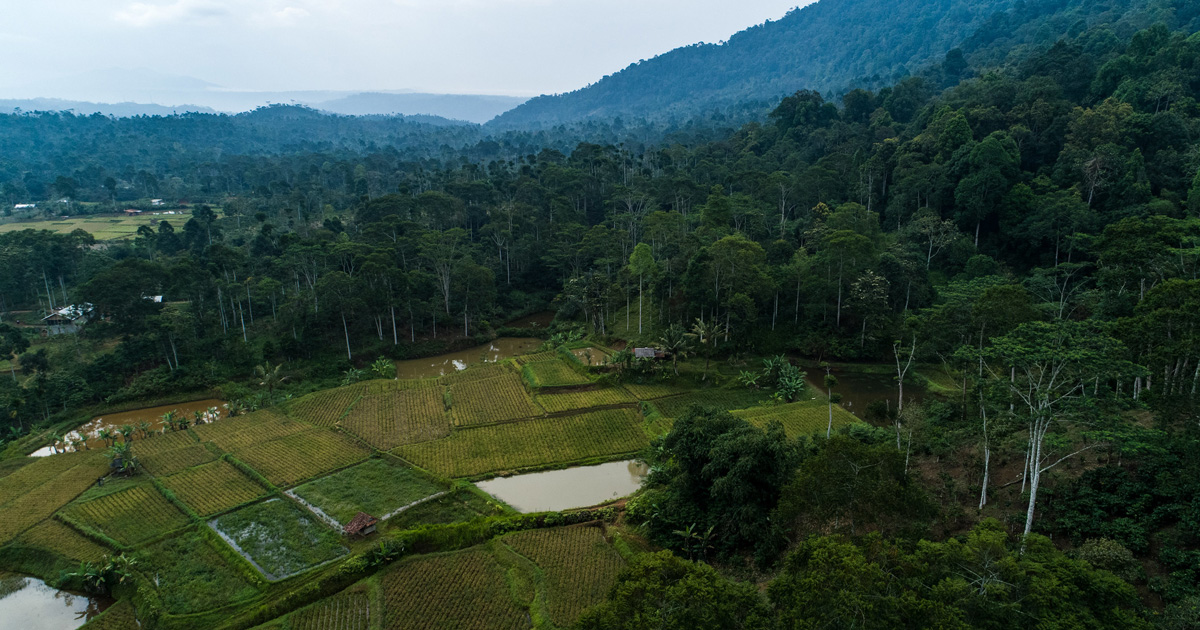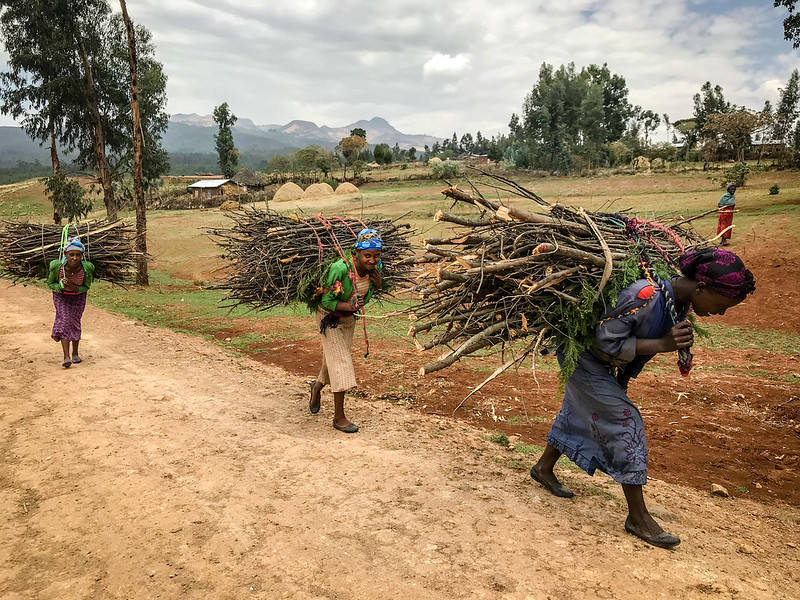Despite the potential for economic growth, extractive mineral industries can impose negative health externalities in mining communities. We estimate the size of these externalities by combining household interviews with mine location and estimating statistical functions of respiratory illness and malaria among villagers living along a gradient of proximity to iron-ore mines in rural India. Two-stage regression modeling with cluster corrections suggests that villagers living closer to mines had higher respiratory illness and malaria-related workday loss, but the evidence for mine workers is mixed. These findings contribute to the thin empirical literature on environmental justice and public health in developing countries
DOI:
https://doi.org/10.1016/j.healthplace.2010.09.007
Altmetric score:
Dimensions Citation Count:

Publication year
2011
Authors
Saha, S.; Pattanayak, S.K.; Sills, E.O.; Singha, A.K.
Language
English
Keywords
environmental degradation, environmental change, environmental impact, environmental management, geographical information systems, health
Geographic
India























